Web Menu
Product Search
Exit Menu
How to clean the printed cloth?
Interested in cooperation or have questions?
-
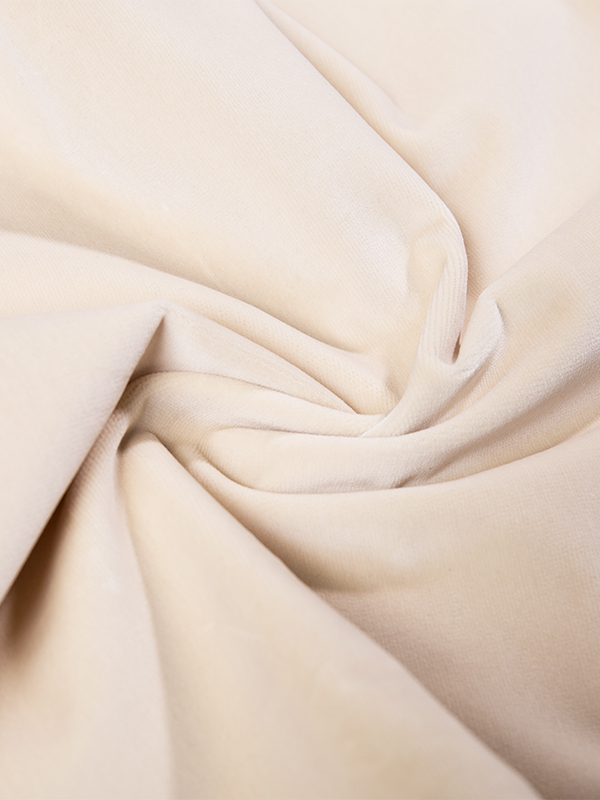
When it comes to selecting the ideal fabric for your sofa upholstery, Soft Cheni...
See Details -
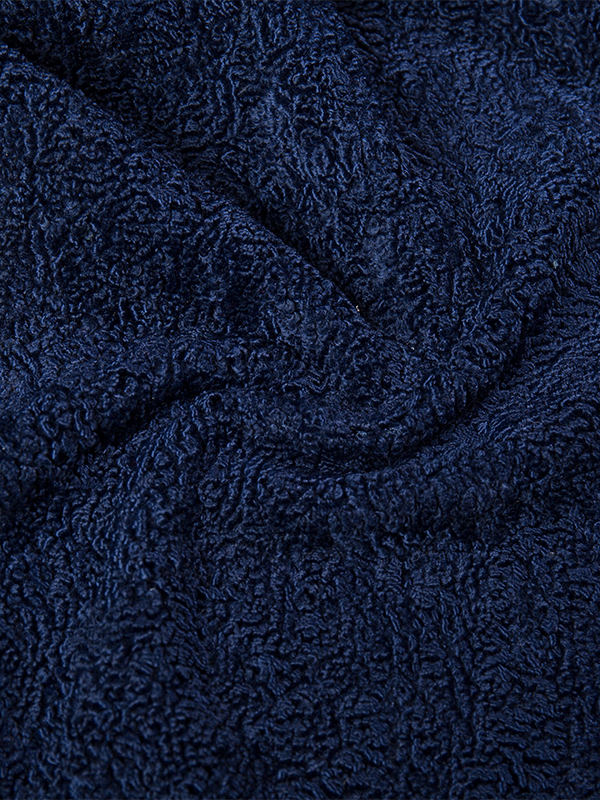
Introducing our premium Soft Boucle Chenille Polyester Fabric, meticulously craf...
See Details -

Polyester Chenille Woven Upholstery Fabric is crafted from high-quality polyeste...
See Details -
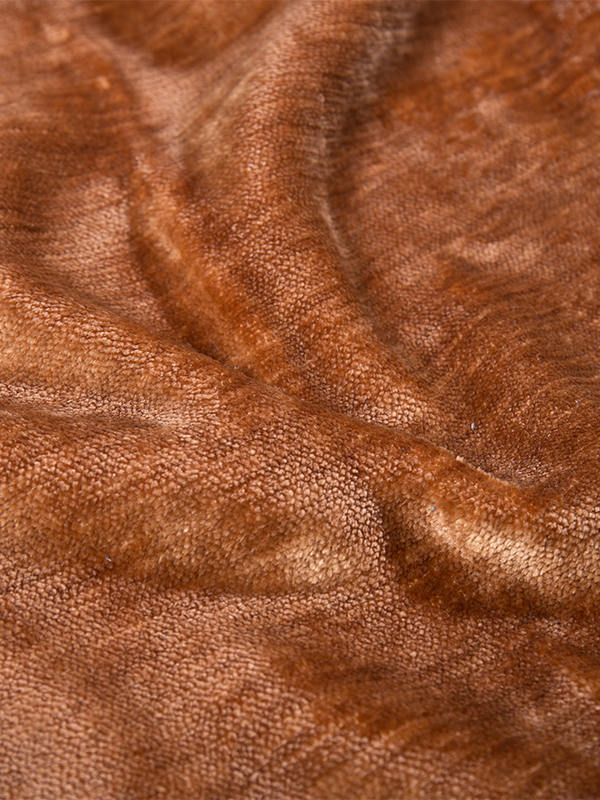
Our Solid Color Chenille Home Textile Sofa Fabric is designed with a focus on el...
See Details -

Our Solid Color Chenille Home Textile Sofa Fabric is the epitome of luxurious co...
See Details -
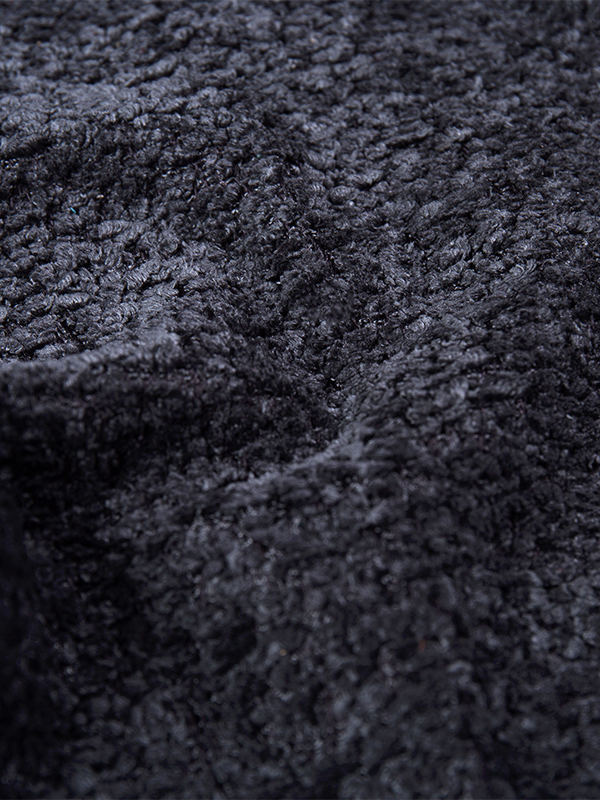
Our Plain Dyed Woven Chenille Fabric is an choice for home textiles, offering a ...
See Details -
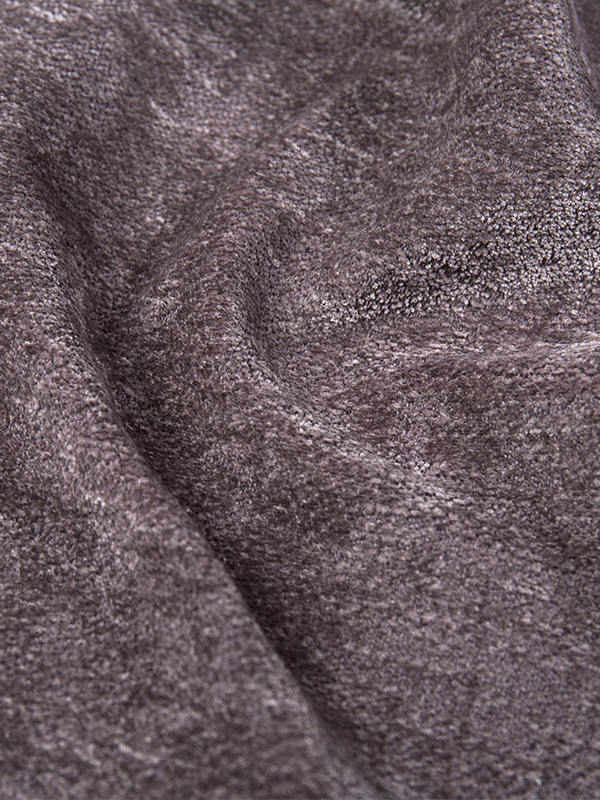
Our Thick Chenille Upholstery Cloth is a premium-grade fabric designed to enhanc...
See Details -
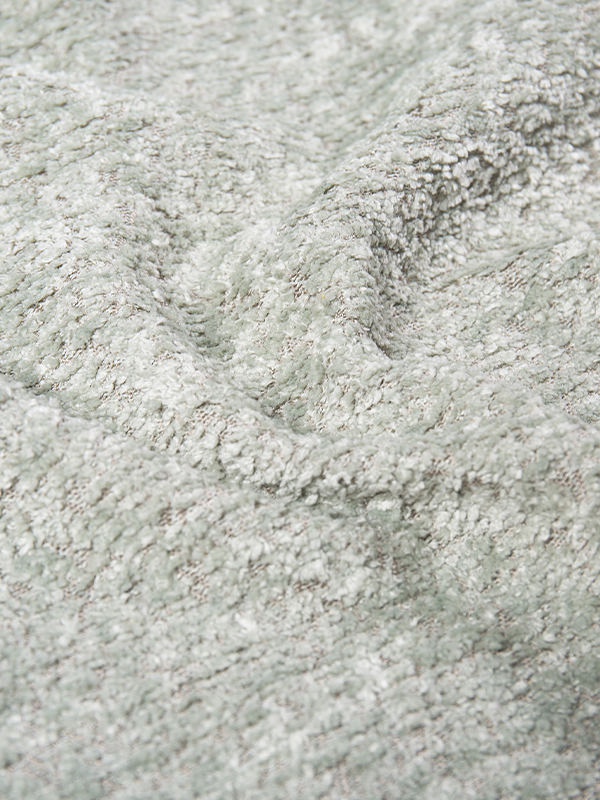
When it comes to premium upholstery fabrics, our luxury polyester chenille soft ...
See Details
If you are interested in our products, please consult us
ADDRESS : NO 158 YUNXING ROAD XIEQIAO TOWN ,HAINING,ZHEJIANG, CHINA
PHONE : +86-18368328456
EMAIL : Jerry@Huayiwarp.Com

 English
English 中文简体
中文简体 русский
русский عربى
عربى Español
Español
